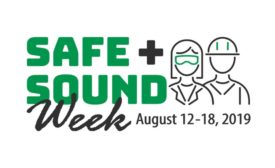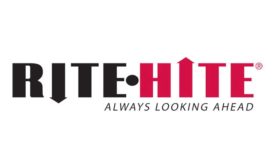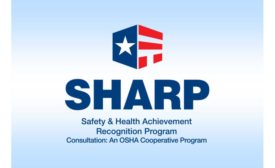Safety & Health Best Practices
Preventing workplace violence & harassment
A new U.N.-related treaty broadly redefines the “world of work”
August 1, 2019
Never miss the latest news and trends driving the safety industry
eNewsletter | Website | eMagazine
JOIN TODAYCopyright ©2024. All Rights Reserved BNP Media.
Design, CMS, Hosting & Web Development :: ePublishing










